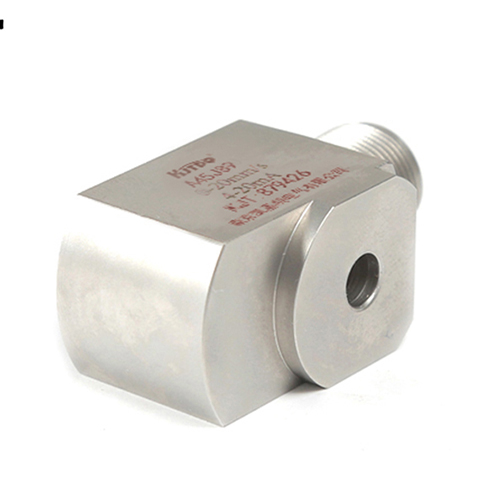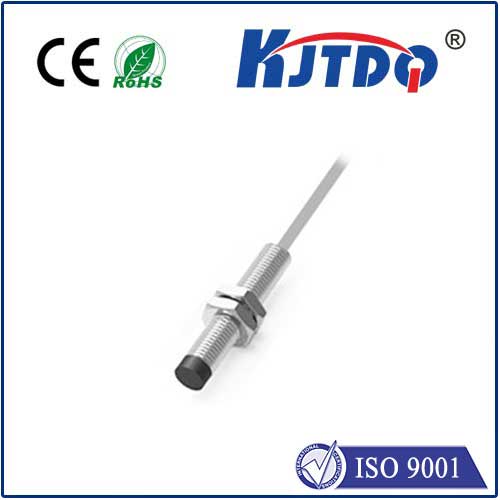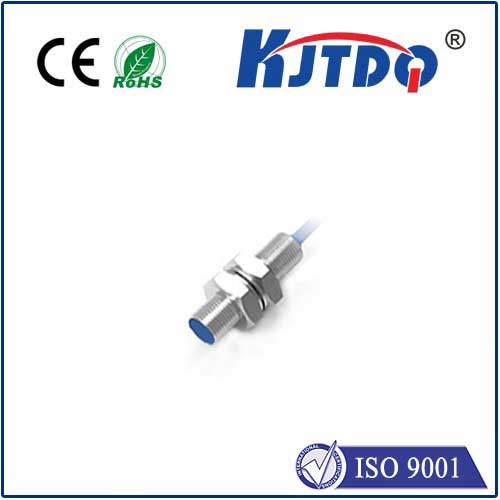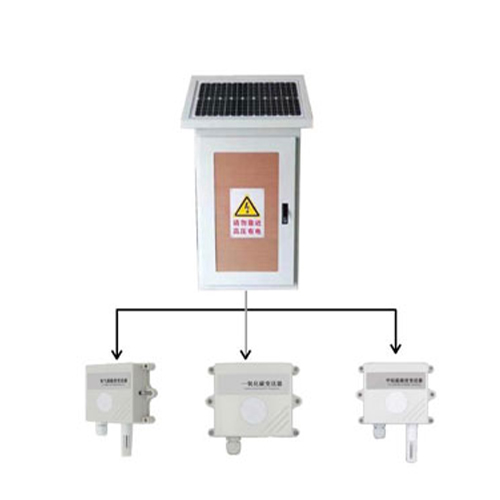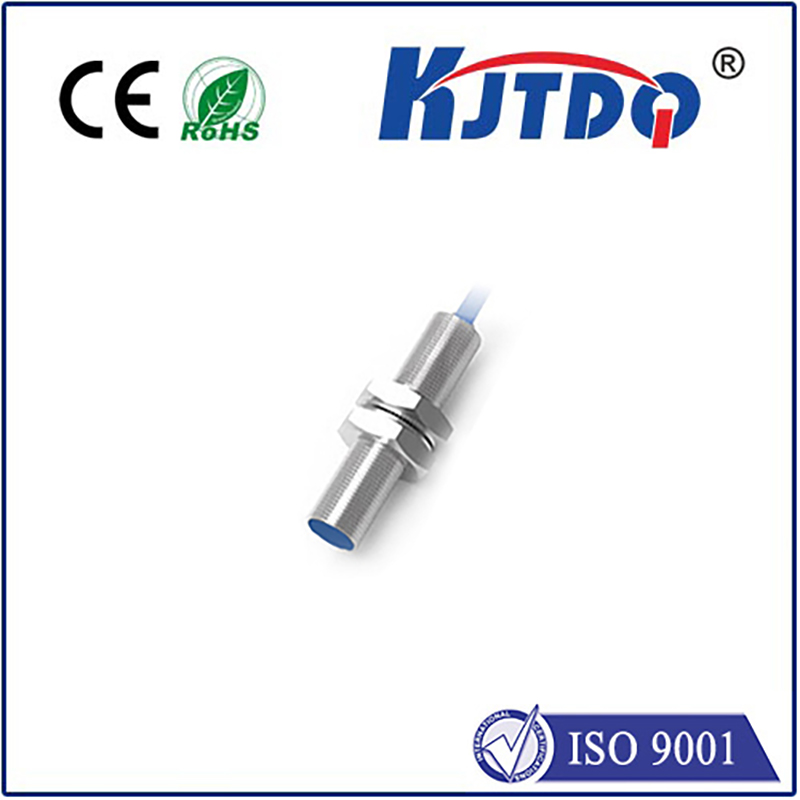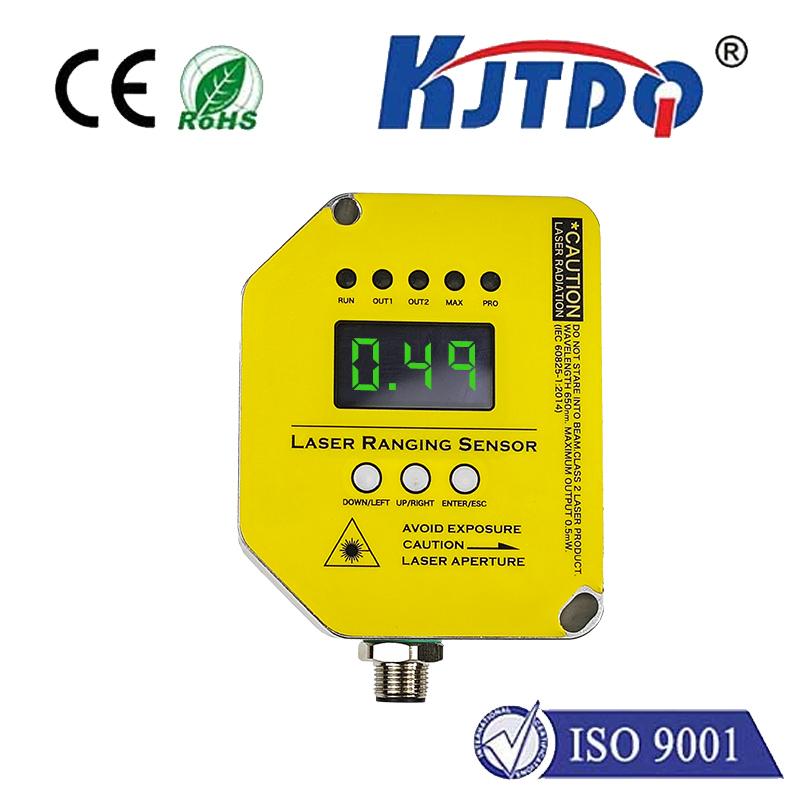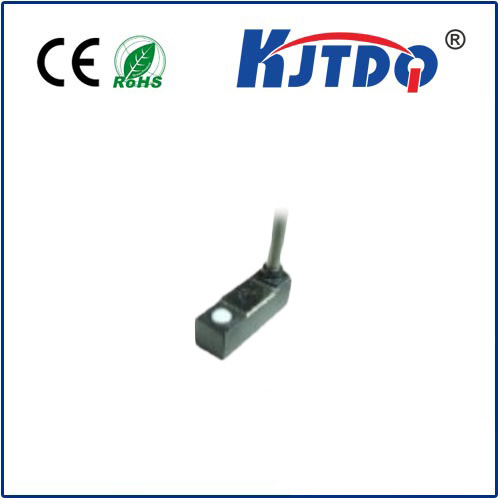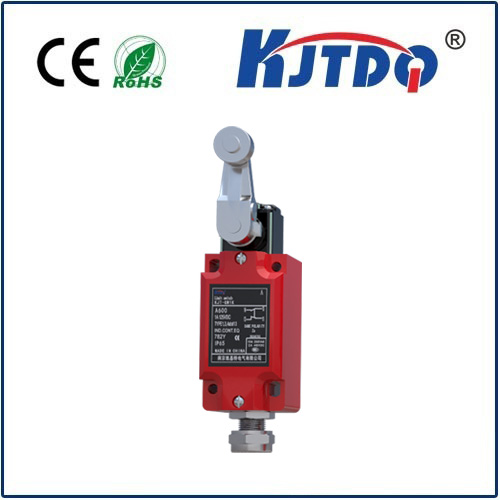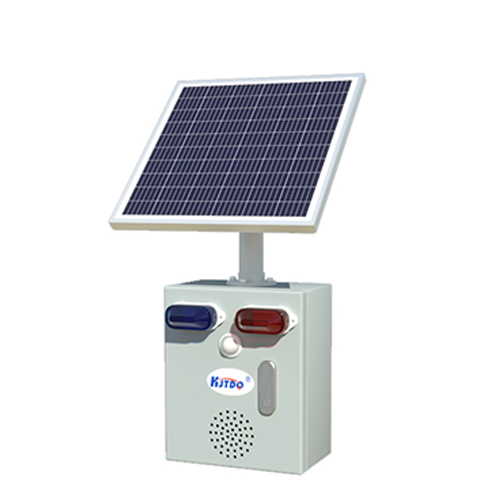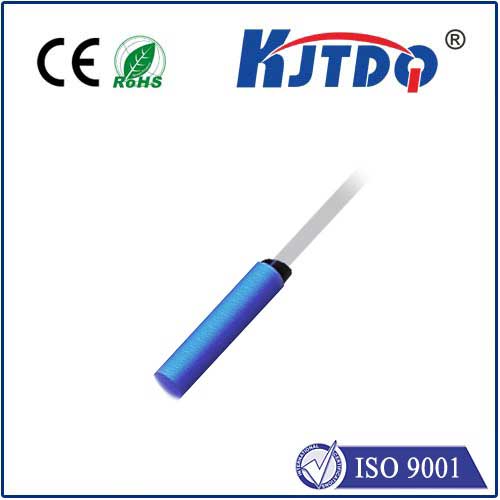

check

check

check

check

check

check

check

check

check

check
Title: The Importance of Limit Switches in Hydraulic Systems
Hydraulic systems are widely used in various industries due to their ability to provide precise control over high-pressure fluids. However, the efficiency and safety of these systems depend on several components, including limit switches. In this article, we will explore the importance of limit switches in hydraulic systems and how they contribute to their overall performance.
Firstly, let us understand what a limit switch is. A limit switch is an electromechanical device that detects the presence or absence of an object within its sensing area. When the object comes into contact with the actuator arm of the limit switch, it triggers a signal to be sent to a controller or other electronic device. This signal can be used to initiate or terminate specific actions or processes within a system.

In hydraulic systems, limit switches play a crucial role in ensuring proper functioning and preventing damage to the system. They are often used to monitor the position of pistons, cylinders, valves, and other components within the system. By detecting these positions, limit switches can activate or deactivate pumps, motors, and other equipment as needed.
For example, in a hydraulic lifting system, limit switches are typically installed at the bottom and top ends of the cylinder stroke. When the cylinder reaches these end points, the limit switches send signals to the controller to stop the pump motor and prevent further movement of the cylinder. This helps to avoid overextension or retraction of the cylinder, which could lead to component damage or even system failure.
Limit switches also play a vital role in safety applications. In some cases, they may be integrated into emergency stop circuits to quickly halt all operations in response to a hazardous condition. For instance, if a hydraulic press were to unexpectedly start moving towards an operator, the limit switches could trigger an emergency stop command to immediately cut power to the pump motors and prevent injury.
Furthermore, limit switches can improve the efficiency and accuracy of hydraulic systems by providing feedback on the position of components. This information can be used for process control purposes, such as adjusting flow rates or pressure levels based on changes in load conditions. By continuously monitoring component positions and responding appropriately, limit switches help ensure optimal system performance and reduce energy consumption.
In conclusion, limit switches are essential components in hydraulic systems due to their ability to monitor component positions and initiate specific actions based on this information. They contribute significantly to the efficiency, safety, and reliability of these systems by preventing component damage, improving process control, and enhancing overall system performance. As technology advances, we can expect limit switches to become even more integral to the operation of hydraulic systems in various industries.
